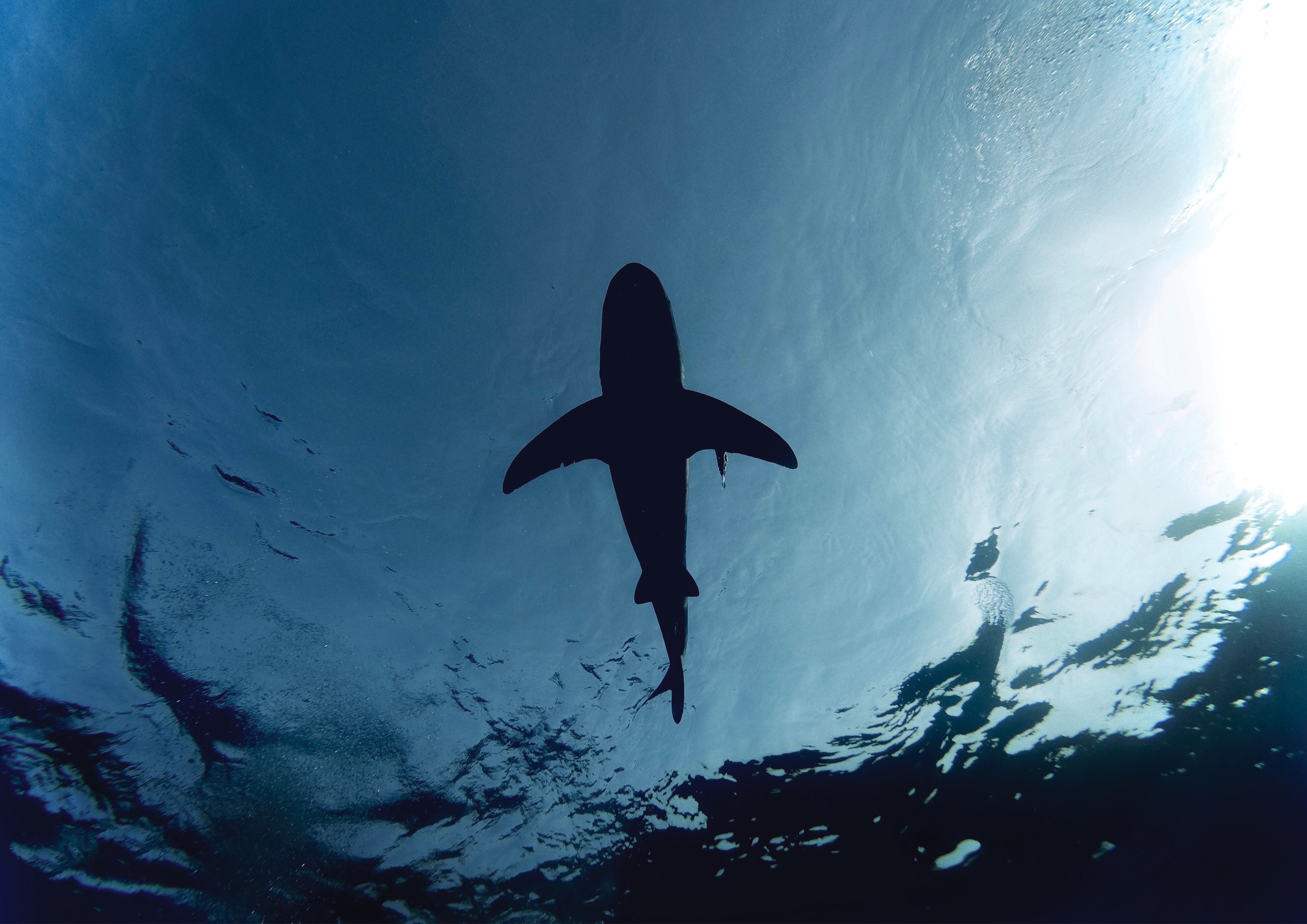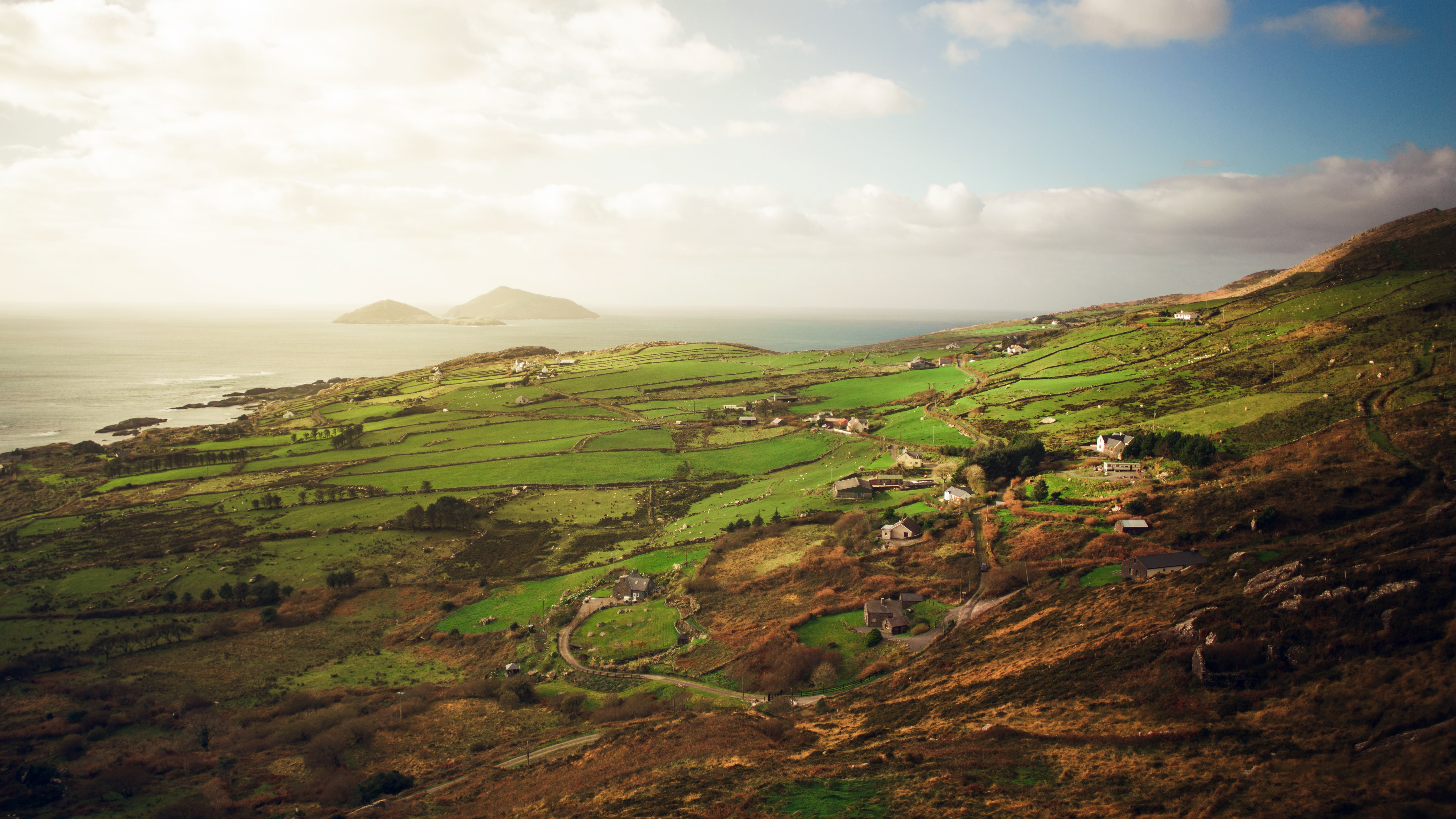
Lent Reflection 2020: Humankind
‘Then God said, “Let us make mankind in our image, in our likeness, so that they may rule over the fish in the sea and the birds in the sky, over the livestock and all the wild animals, and over all the creatures that move along the ground.” So God created mankind in his own image, in the image of God he created them; male and female he created them.
God blessed them and said to them, “Be fruitful and increase in number; fill the earth and subdue it. Rule over the fish in the sea and the birds in the sky and over every living creature that moves on the ground.”
Then God said, “I give you every seed-bearing plant on the face of the whole earth and every tree that has fruit with seed in it. They will be yours for food. And to all the beasts of the earth and all the birds in the sky and all the creatures that move along the ground—everything that has the breath of life in it—I give every green plant for food.” And it was so. God saw all that he had made, and it was very good. And there was evening, and there was morning—the sixth day.’
~Genesis 1: 26 - 31
Day Six is the day God chooses to create humans, and as we know, the creation story sets humans apart as having particular significance. While all other creatures are made ‘according to their kinds,’ humankind is made ‘in the image of God.’
Humans thrive in community - there is no true humanity without other humans. Equally, we exist not only within the human population. We cannot be what we were created to be without placing ourselves in the wider community of God’s creatures. It is important to note that humans were created on the same day as the other land creatures. We often forget this, which has had severe implications.
As Ruth describes it, ‘we share this world with the most incredible and wonderful mix of strange, colourful, funny, scary, cuddly, scaly, odd, tiny, huge creatures that we could ever possibly imagine!’ (p.139)
Animals are positioned alongside people throughout the bible. God even speaks to creatures – the snake in Genesis 3; the raven who fed Elijah; the wild animals he told not to be afraid (Joel 2:22), and the fish that vomited Jonah out.
We also praise God in the company of animals, as Revelation depicts the four living creatures. One has a face like an ox, another like a lion, beside the face of an eagle, and the face of a person. These are the central worshippers, and they are joined by ‘every creature’ in creation (Rev. 5:13).
God displays a deep care for animals, providing water for the beasts of the field and grass for the cattle. God provides all creatures with their food so that they look to him and are satisfied (Psalm 104:11, 14, 27-28).
In Matthew 12 and Luke 14, Jesus says the Sabbath laws exist to serve creation, and instructs listeners that if an ox has fallen into a pit or a well on the Sabbath, not to leave it there, but to pull it out, as that is what it means to ‘do good.’
How might we ‘do good’ in this way and look after our fellow creatures?
Currently, around one in four mammals is at risk of extinction. The majority of mammals are livestock – their primary purpose is to feed us. As Ruth says, ‘a world that God has created to be teeming with life is instead losing its life at an unparalleled rate’ (p.146).
Our failure to conserve and use the wider world sustainably is affecting our ability to meet 80% of the Sustainable Development Goals. Loss of biodiversity affects not only the environment, but is also a developmental, economic, security, social and moral issue. In other words, people and planet are intricately connected and we would benefit from protecting both.
Alongside the role each of us has played in damaging this earth, we also bear the imprint of God in our own lives and that means we can act and bring about hope.
The human being is the species chosen by God to bear his image and be his representative. This comes with a responsibility; we have a job as God’s image-bearers, a job that no other part of the created order is tasked with. This has implications for how we view our relationships with each other and with the wider creation.
When God says we have dominion over the earth, we might think of abuses of power and aggression. But God expects us to be different, to be servant rulers who exercise their dominion with love and compassion, working for justice and against oppression.
Created in the image of God, people are endowed with dignity and worth – all people. This equality is re-iterated throughout the Bible as we see oppression and inequality are denounced, and the people of God are called to live lives that demonstrate mercy, justice, and humility.
Ruth says ‘when we do not follow the God whom Jesus reveals, and his ways of love, compassion, and faithful service, the results are devastating’ (p.153). On the other hand, when we fight poverty, injustice, discrimination, and oppression, we do the work God has called us to.
‘We cannot tackle poverty without thinking about the air people breathe, and the land they live on and the waters they fish in; and we cannot tackle environmental breakdown without thinking about the people living in specific places who contribute to localized problems through their poverty, and wealthy people like ourselves who are causing global problems through our consumerism’ (p. 158).
Our inter-connection is undeniable, and we humans have been given the freedom, creativity, vision, and skillset to protect our fellow people, creatures, and our precious home, from the devastation we can inflict when we are at our worst. Let’s heed the call to do our part, and say yes to life.
_RGB_AW.png?width=273&height=130&name=TF_Global_Logo_(Ireland)_RGB_AW.png)
